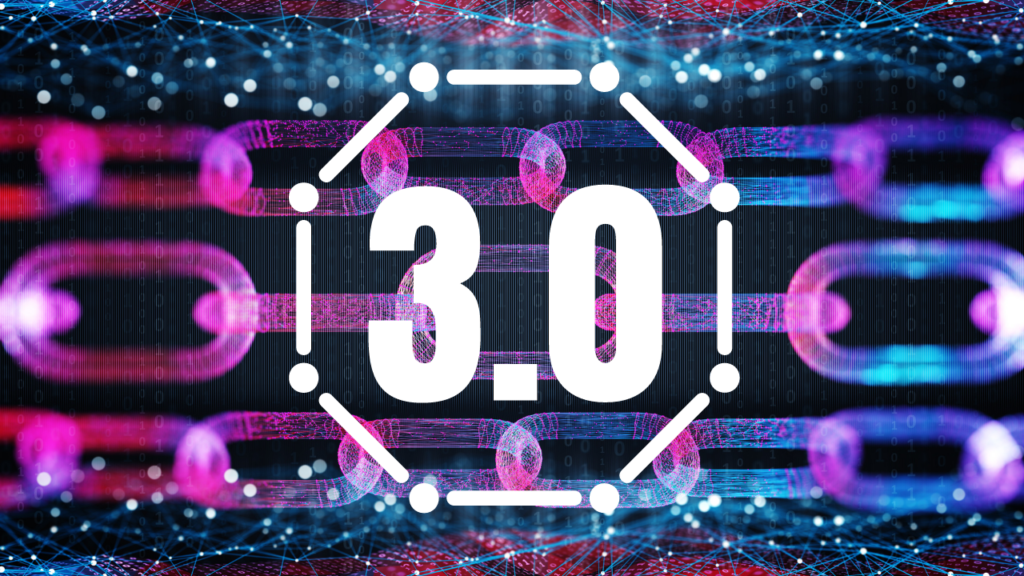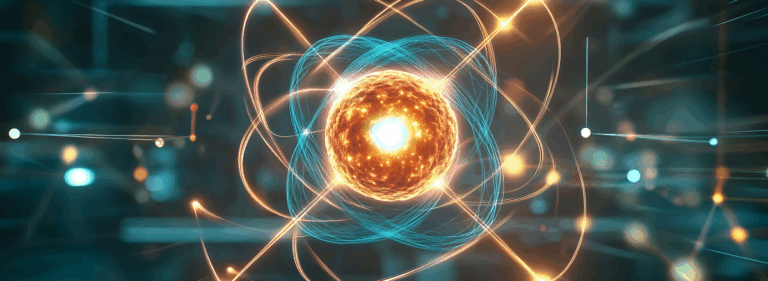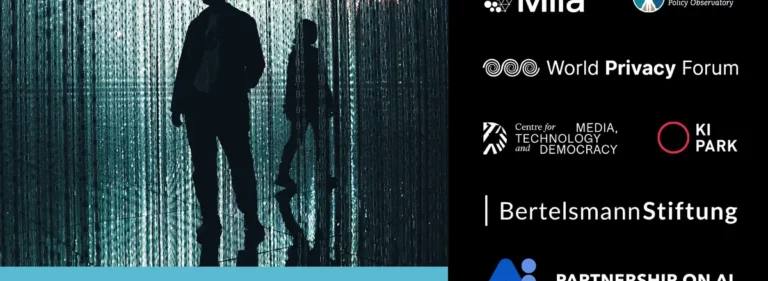What is web3? Part 1 of a three-part vlog on the OECD and web3

Welcome to the first instalment of a joint Blockchain and AI vlog from the OECD’s AI Policy Observatory and the OECD’s Blockchain Expert Policy Advisory Board members. The groups played central roles in developing the OECD AI Principles and the OECD Recommendation on Blockchain and other DLT.
The Principles and the Recommendation are among the world’s most important web3 policy framing documents. They represent the first binding intergovernmental legal standards of how public and private actors can work to create future-ready, cohesive and compliant global systems. They provide a blueprint for democratic nations to safely unlock the potential of humanity’s next great technological leap forward.
This three-part vlog series covers the basic concept of web3 and its components, focusing heavily on blockchain and AI technologies and how they are essential to web3. The driving impetus for this series is to highlight how the OECD’s work facilitates the global regulatory policy dialogue and why it is more important than ever as we enter the web3 era.
While there has been progress, the world is increasingly rife with disagreements on regulatory standards. Many of the most challenging regulatory and business problems stem from mismatches between stakeholder policies which can create an atmosphere conducive to jurisdictional arbitrage.
A lack of coordinated global policies, among other factors, led to the digital asset debacle of 2022 and the resultant consumer harm. To prevent further mishandling of the web3 narrative, it is helpful to analyse the creation and deployment of the OECD AI Principles and the Blockchain Recommendation and why they were timely, necessary and successful.
This series focuses on governance issues and initiatives around AI and blockchain, how they differ, and why they are essential. Finally, the series closes by discussing what AI and blockchain do and how they can complement each other.
Sandy Pentland gives a brief definition of Web3 for OECD AI Wonk vlog series
Part One – What is web3?
Web3, or the decentralised web, is the next evolution of the internet, built on decentralisation, autonomy, and transparency. The aim is to give users more control over their data and online interactions. The critical components of web3 are blockchain and AI technologies, both essential to its functioning.
Blockchain and DTLs
Distributed Ledger Technologies (DLTs), of which blockchain is the most well-known, are the backbone of web3. DLTs are decentralised, distributed ledgers that allow for the secure and transparent recording of transactions. This technology is the foundation for decentralised applications (dApps) and enables “trustless” interactions between parties. It also allows for the creation of self-executing smart contracts with the terms of the agreement written into code. As a DLT technology, blockchain uses a consensus mechanism, such as proof-of-work or proof-of-stake, to validate and record transactions on the ledger.
AI technologies
AI technologies, on the other hand, enhance the functionality of web3. They allow for the creation of more sophisticated dApps, such as those that can analyse large amounts of data and make predictions. AI is also used to improve user experience on web3, such as through natural language processing and machine learning. AI is a branch of computer science that deals with the development of intelligent machines that can think and learn like humans.
These two technologies meet at the nexus of trust and human data interactions to form the basis of web3.

Examples of web3 technologies:
Cryptocurrency exchanges: Decentralized Exchanges (DEXs) such as Binance Chain, Uniswap, and 0x allow users to trade cryptocurrencies without the need for a centralised intermediary.
Finance platforms: Aave, Assetize, Compound, and MakerDAO are considered distributed finance (DeFi), which allow users to access financial services, such as lending and borrowing, without the need for a centralised intermediary. Others, like Salt Lending and Unchained Capital, offer similar financial services but in a compliance-first model.
Identity and KYC (Know Your Customer) verification: Platforms such as Shyft, uPort and Civic allow users to control and verify their personal identity information rather than relying on centralised institutions. While platforms like BurstIQ allow users to control and verify their health data.
Supply chain management: Platforms such as VeChain and Ambrosus allow for the tracking of goods and products throughout the supply chain, providing transparency and traceability for all parties involved.
Gaming: Platforms such as Axie Infinity and Splinterlands allow players to buy, sell, and trade in-game items and assets using blockchain technology.
Social media: Platforms such as Steemit and Minds allow users to create and share content and get rewarded with cryptocurrency for their contributions.
Cloud storage: Platforms such as Filecoin, Sia, and Storj allow users to rent out their spare storage space to other users, providing a decentralised alternative to centralised cloud storage providers.
Browsers: Brave is a free and open-source privacy-focused browser. It allows users to turn on optional ads that pay users for their attention in the form of Basic Attention Tokens (BAT) cryptocurrency.
Distributed Machine Learning (DML): VALDI connects customers who need computational power with users lending their computers, servers, or other devices to the network, changing the centralised web2 cloud computing model. Orbu.ai uses AI prediction models to train machine learning models and blockchain to enforce AI ethics and safety standards.
Generative AI: AIGC Chain is a public, decentralised layer 2 solution. Its unique approach to Large Language Models (LLMs) leverages blockchain technologies to verify the integrity of trained data and their ownership (artists, designers, IP, etc.) on either text (Generative Pretrained Transformer or GPTs) or image generation. Alethea.ai is a Multimodal AI System that generates interactive AI Characters from a description in natural language.
These are just a few examples of web3 technologies being developed and used. As these technologies continue to evolve, new and innovative applications emerge daily.



































